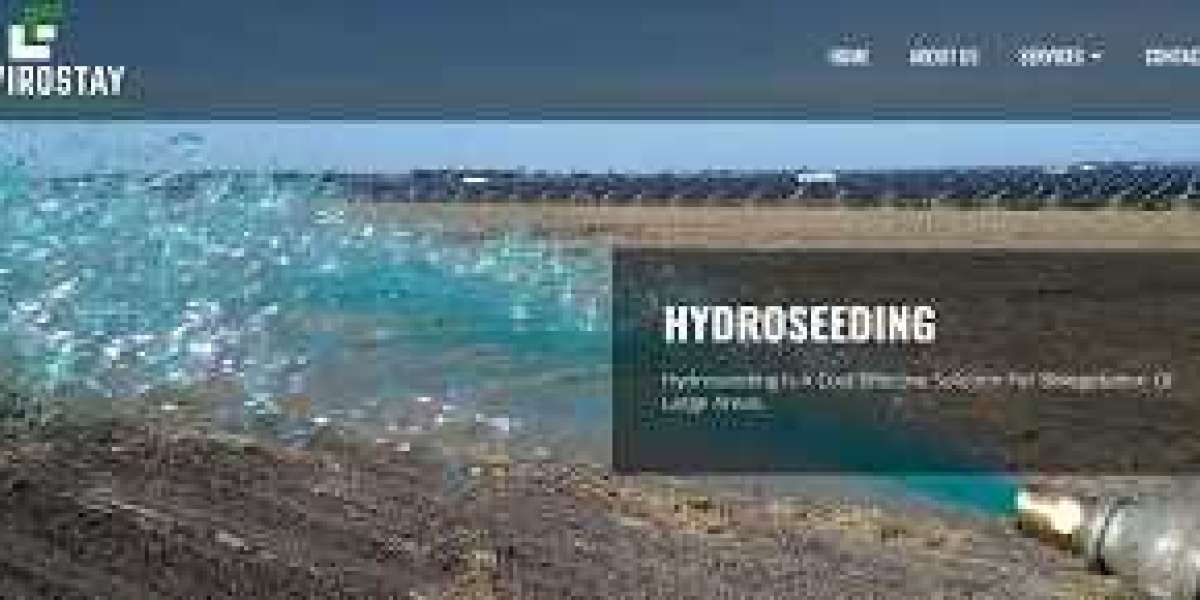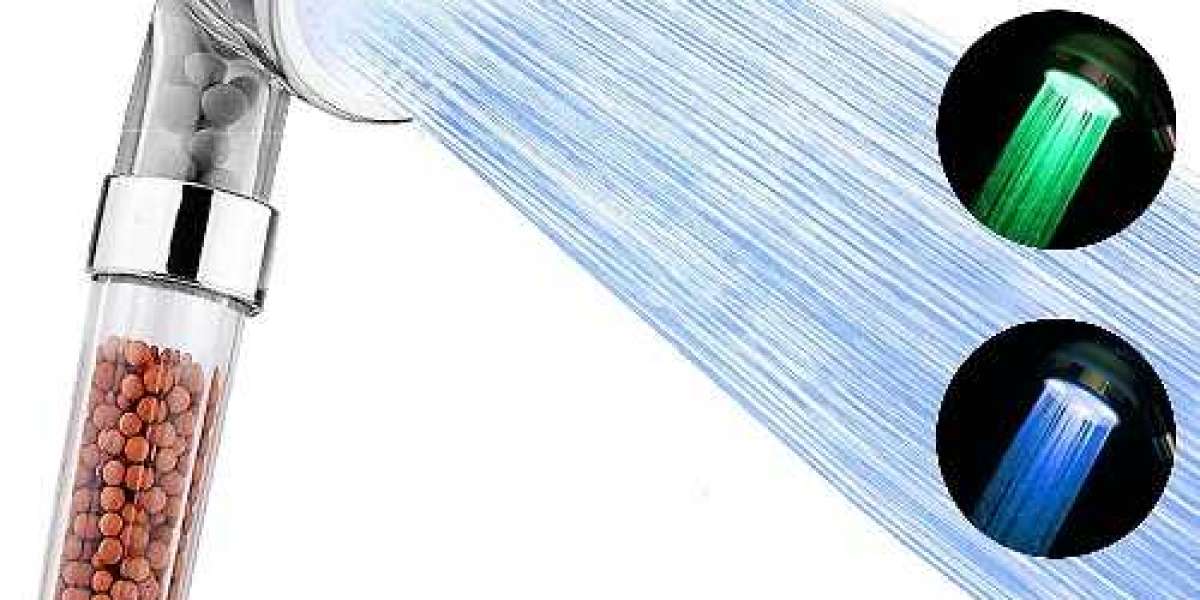Erosion and sediment control are critical considerations for any construction or development project. Uncontrolled erosion and sedimentation can lead to soil loss, water pollution, and damage to adjacent properties. Therefore, effective erosion and sediment control measures must be taken to ensure that construction activities do not harm the environment and comply with environmental regulations.
Sediment control refers to measures taken to prevent the movement of sediment and soil particles from construction sites into adjacent waterways, stormwater systems, or off-site areas. It involves the use of physical barriers, erosion control matting, sediment basins, and other best management practices to prevent erosion and reduce sedimentation. Sediment control measures are implemented during the construction phase to minimize the environmental impact of construction activities.
Erosion control matting is a common sediment control measure used in construction sites. It is made of natural or synthetic materials and is designed to provide a stable surface that prevents erosion while promoting vegetation growth. The matting is placed over the soil surface to prevent soil particles from being carried away by wind or water. It also stabilizes the soil, making it less likely to erode. Erosion control matting is especially useful in areas with steep slopes or loose soil where erosion is more likely to occur.
Erosion control solutions involve a combination of measures taken to prevent erosion and reduce sedimentation. These measures include sediment control, slope stabilization, vegetative cover, and stormwater management. Erosion control solutions are tailored to specific site conditions and may include the use of sediment basins, detention ponds, riprap, gabions, and other physical barriers. Vegetative cover, such as grass, shrubs, or trees, is also used to stabilize the soil and prevent erosion. Stormwater management involves the use of swales, infiltration basins, and other methods to manage stormwater runoff and prevent erosion.
Effective erosion and sediment control require planning, implementation, and monitoring. The first step is to assess the site conditions, including the soil type, slope, and drainage patterns. Based on the site assessment, erosion and sediment control measures are selected, and a plan is developed. The plan should specify the types of control measures to be used, their location, and the sequence of installation. The plan should also include monitoring and inspection procedures to ensure that the control measures are effective.
Erosion and sediment control regulations vary by jurisdiction, and it is essential to comply with local regulations. Failure to comply with erosion and sediment control regulations can result in fines, project delays, and legal action. It is also important to work with a qualified erosion and sediment control specialist who can provide expert advice on the selection and installation of control measures.
In conclusion, sediment and erosion control are critical considerations for any construction or development project. Effective erosion and sediment control measures prevent soil loss, water pollution, and damage to adjacent properties. Erosion control matting is a common sediment control measure used in construction sites, along with other erosion control solutions. Effective erosion and sediment control requires planning, implementation, and monitoring, and compliance with local regulations is essential. By implementing effective erosion and sediment control measures, we can protect the environment and ensure that construction activities are carried out in a responsible and sustainable manner. https://www.envirostay.com.au/



